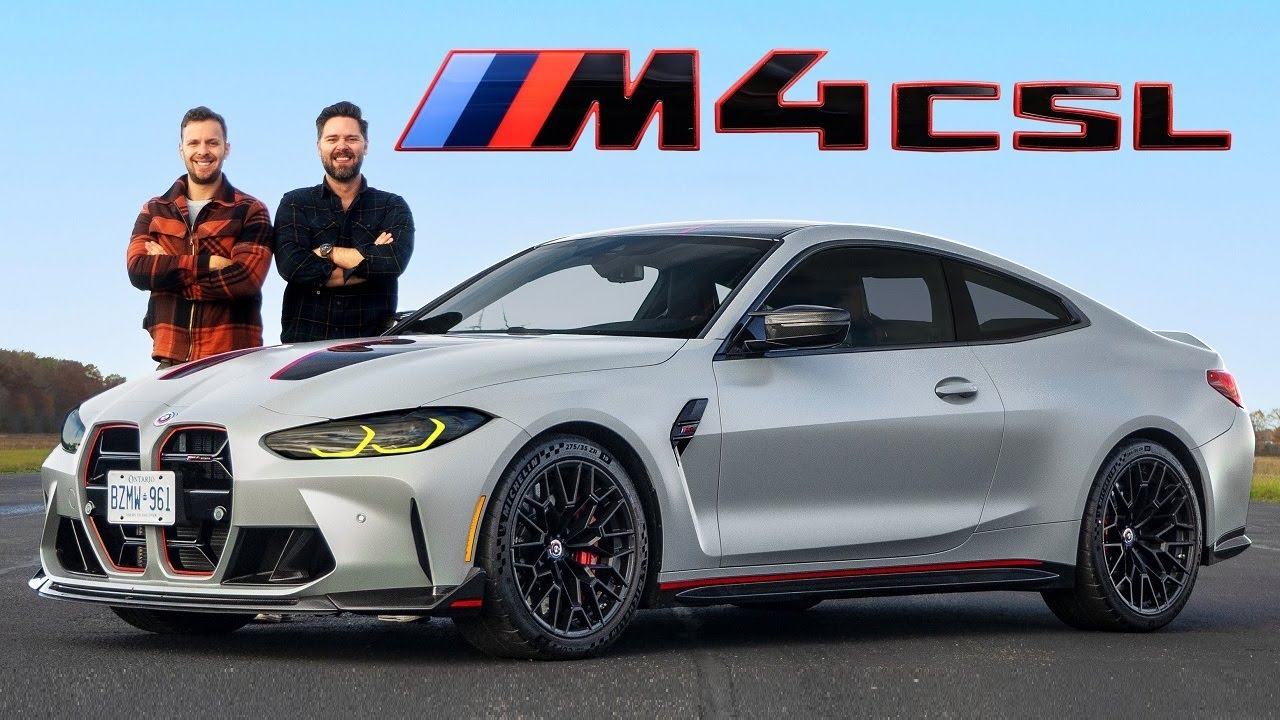Quote:
|
The video was offered for the point that PSC2Rs can fall off pretty quickly and require more maintenance to avoid overheating. He described potential overheating by the second lap and that the tires could be spent within 3 laps. I believe SkullyD’s point was that PSC2 will be faster over more laps, which this review supports as they have more life than the PSC2R tires.
This lineups with my personal experiences in motorcycle racing where in some instances I’ll choose Michelin GPs over the Cup 2 tires. It is my preference for longer races to go with GPs because the Cup 2s can fall off rather suddenly. My pace is always faster in the early laps* with Cup tires but I’ll have a more consistent pace with the objectively slower tire. By lap 6-7 I can be faster on the “slower” tires because they hold up longer. For context, I can get 9-11 laps at pace in a twenty minute practice session (with traffic). The same follows to an even more extreme level when comparing the Cup 2 to the Performance Cup tires. I can match early lap pace by lap 4-5 then maintain the pace the whole time. I’m sure you can appreciate – even if you’re not a rider – that dependable tires over time is even more important for motorcycles due to the inherent dangers associated with the sport. *with the use of tire warmers beforehand
|
I can certainly relate to what you are saying, I’ve been tracking cars for over three decades and I have learned a thing or two about tire performance along the way. Here’s my 2 cents.
I think things are less binary that what most folks depict here. A tire doesn’t perform at its max and then becomes all of a sudden completely shot. The way a tire performs within a given session and throughout its life varies in many degrees.
A tire’s performance within a given session (within a given heat cycle) will vary, there’s a warm up period where the grip progressively increases, a peak performance window and then a progressive degradation as the tire becomes greasier to the point of eventually overheating with a significant falloff in performance. The length of each period is different depending on tire design, driving style and conditions. Continuing to run a tire during a session while it has become overheated will have the tread wear down extremely fast (can even lead to chunking off of the tread). The PSC2R is a tire that warms up quickly and has a relatively short peak operating window. It’s that relatively short optimal operating window that has earned it the reputation as the one lap wonder tire. However, even when past it’s peak operating window, it still offers superior performance over a standard PSC2. The PSC2, requires longer to get up to temp, offers a longer peak operating window, but also falls off quite significantly once it has too much heat into it.
Then how a tire’s performance evolves over its life (over multiple heat cycles) also depends on its design and how it was driven. Tires lose performance through wear in two ways: through heat cycling (the rubber in the tread changes properties) or by wearing down the tread thickness (no more tread rubber left). A more aggressively driven tire will wear in both ways faster than a more sedately driven one. Similarly to other soft compound tires, the PSC2R will heat cycle out faster than a PSC2 for example. But the PSC2 is also a tire that heat cycles out rather fast. I lose significant performance after 20~25 heat cycles with the PSC2. It still has enough rubber left for many more fun sessions on track, but you won’t break any lap records.
As Rob correctly states in the video, softer high performance compounds such as the PSC2R, are much more difficult to manage as a driver. Balancing performance and life with those type of tires is a tricky balancing act. While a completely heat-cycled out PSC2R may very well be slower than a fresh PSC2, but given two sets of relatively fresh tires, the PSC2R will practically alway be faster than a PSC2.
Note: I have not personally used the PSC2R on my car, but I have driven a GT2RS with them and collected info based on various articles I read and feedback from track buddies that have used them.







More Stories
2022 Ford Bronco Raptor Unsurprisingly Thirsty at 15 MPG Combined
How to fix your sagging headliner
The Best 90’s Cars You Can Buy Today